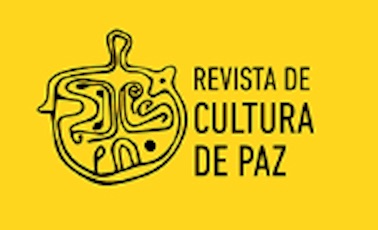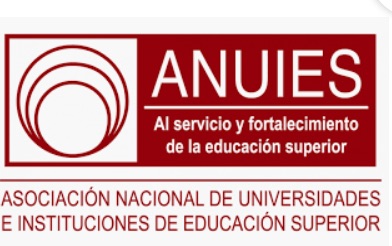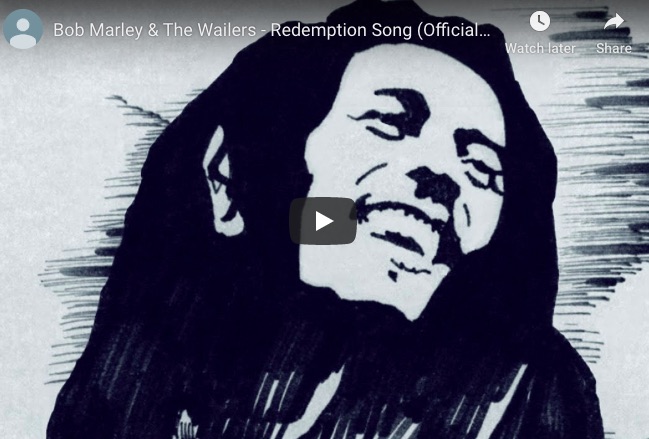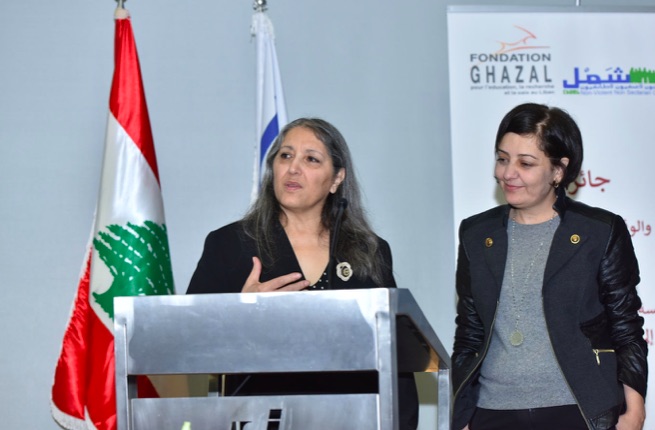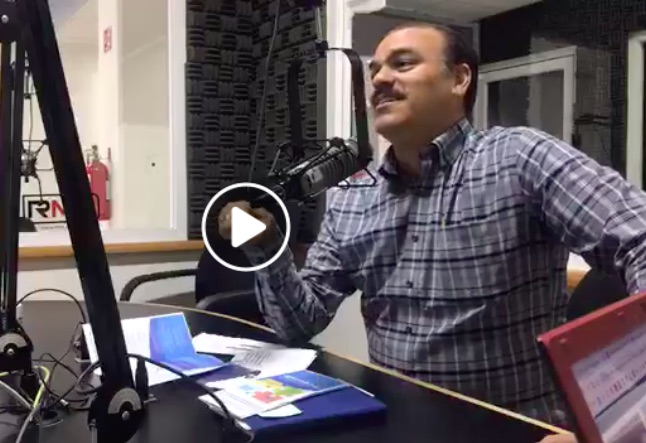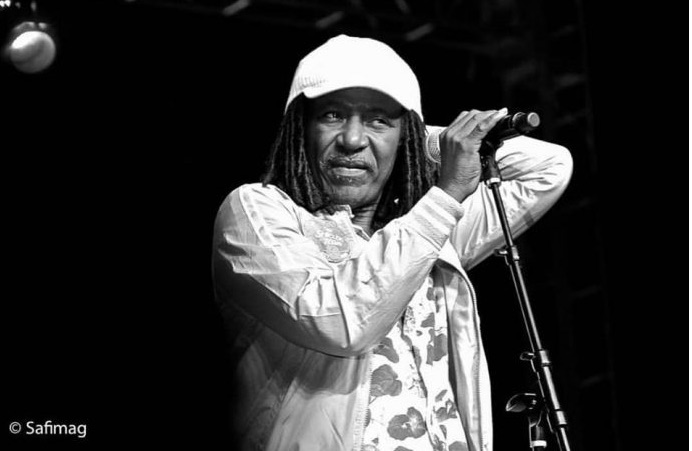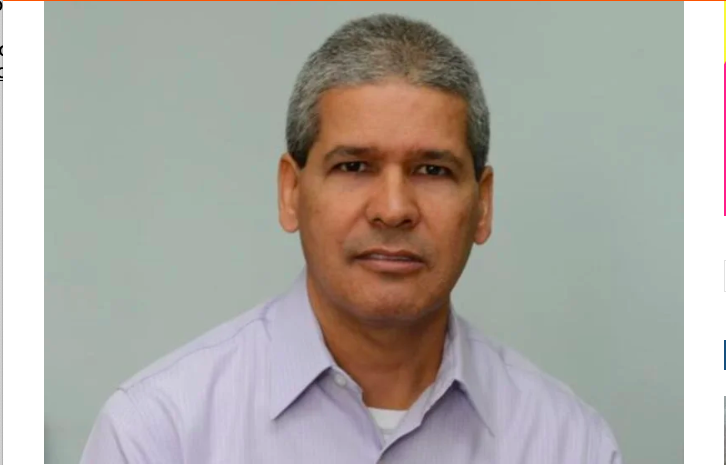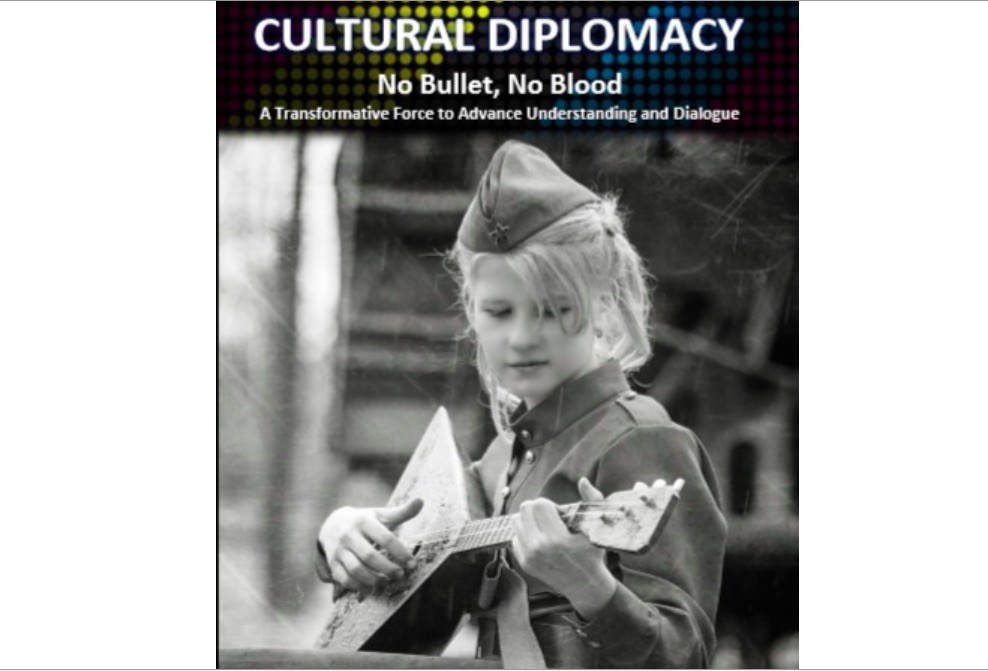EDUCATION FOR PEACE .
An article from El Manana
From the insidious and often perverse campaigns, blaming people for the daily manifestations of violence in its different forms, to the proposal to change the economic model to foster shared development in a social justice regime, there is no progress towards an environment of understanding, concord and fraternity. With their machismo, each group with the capacity to be heard resorts to violence.
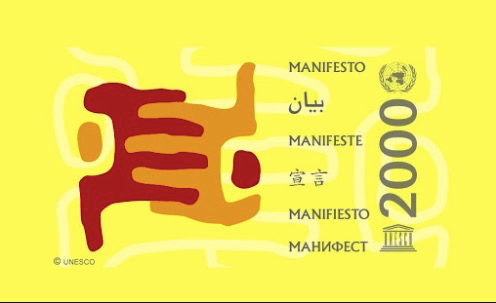
(click on image for more information)
It is clear that in a culture of violence, conflicts are settled through violence, which is nothing other than the lack of capacity to address differences by a culture of peace, dialogue and mutual understanding. Unlike the expression of Benito Juárez during the period of resistance to the French occupation, it is now seen that among individuals and among nations the violation of the rights of others is at the base of the violence that manifests itself in society, in governments and institutions.
It is not so much that aggressiveness has been unleashed in human beings, no. Through the means of socialization: family, school, religion, associations, etc., aggressiveness can be channeled in three ways: the destructive path of violence; the indifference of passivity; and the constructive, equal to nonviolence, that is, to act but not violently. In that sense, if violence is learned, it is clear that it can also be unlearned and replaced by other mechanisms, not destructive, in conflict resolution.
With this idea in mind, a group of Nobel Peace Prizes, meeting in Paris on March 4, 1999, on the occasion of the fiftieth anniversary of the Universal Declaration of Human Rights, drew up the”Manifesto 2000 for a culture of peace and nonviolence. ” The signatories included: Norman Borlaug; Adolfo Pérez Esquivel; Dalai Lama; Mikhall Sergeyevich Gorbachev; Mairead Maguire; Nelson Mandela; Rigoberta Menchu Tum; Shimon Peres; José Ramos Horta; Joseph Roblat; Desmond Mpilo Tutu; David Trimble; Elie Wiesel; Carlos Felipo Ximenes Belo and others who later joined.
(Article continued in right column)
( Click here for the original version in Spanish.)
The Manifesto 2000, Is it still relevant today?
(Article continued from left column)
The text of the Manifesto is as follows:
“Aware of my share of responsibility for the future of humanity, in particular to the children of today and tomorrow, I pledge in my daily life, in my family, my work, my community, my country and my region, to:
Respect the life and dignity of each human being without discrimination or prejudice;
Practice active non-violence, rejecting violence in all its forms: physical, sexual, psychological, economical and social, in particular towards the most deprived and vulnerable such as children and adolescents;
Share my time and material resources in a spirit of generosity to put an end to exclusion, injustice and political and economic oppression;
Defend freedom of expression and cultural diversity, giving preference always to dialogue and listening without engaging in fanaticism, defamation and the rejection of others;
Promote consumer behavior that is responsible and development practices that respect all forms of life and preserve the balance of nature on the planet;
Contribute to the development of my community, with the full participation of women and respect for democratic principles, in order to create together new forms of solidarity.”
As you can see, it is a commitment of personal and individual fulfillment, in such a way that there is no way to excuse yourself once it has been voluntarily adopted.
Certainly, at that time it was still believed that the year 2000 would constitute a new beginning to transform the culture of war and violence into a culture of peace and nonviolence, since the culture of peace makes lasting development possible, the protection of the environment and the personal satisfaction of each human being.
20 years later, that dream may be possible if instead of so much garbage, the media would promote dialogue, understanding and peace through justice.
